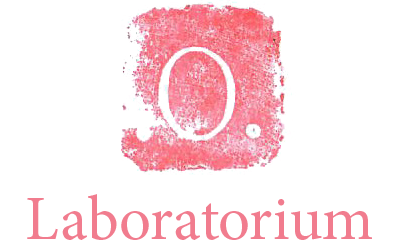Replay boundaries
Replay boundaries!
Folk’s Music as a geographies’ regenerator. There is a need for cities to be rediscovered and redefined along the guidelines of a Wanderer’s lifestyle. For this, as the Situationist once did is necessary to study the immediate impact of the geographical environment to the feelings of the population. What I am searching for are the invisible atmospheres that can reactivate abandoned, underused and neglected spaces around the world. Folklore music will be the guiding thread to discover Urban- and Countryscapes of Greece, Spain and Argentina for example, because of it’s strong connection with locality. Studying the Intrastatal networks and influences that folkloric music generates, I aim at a rescaling of the places visited, regardless of the national delimitations.
My future research will focus on studying Cases located in Argentina, Spain and Greece, three countries that have moulded my identity until today. An Urban- and a Landscape of each country will be investigated according to the folkloric gender developed: Argentina, Spain, Greece. This mapping process aims to introduce a parallel way of reading places and redefine them according to their immaterial components. Shifting the focus on the local communities, they can be identified as a social and cultural laboratory that could work as a positive Crisis Management tool and through them, social inequality can be regulated better than trying to find new social spatialities.
Folklore music takes various functions: it can link itself to it’s surrounding Land- or Urbanscape and construct shared images of what those spaces mean at a specific time and therefore can materially and partially affect them or imaginarily build its own maps. The abstraction degree that this mapping process contains, is the one to be investigated and that is regarded to be the means of reading the atmospheres that were mentioned before and that immaterially define Spaces. It is a process through which a certain level of flexibility can be foreseen and Change can be introduced as a component of the built environment while Space’s entropia; the inherent dynamics that it contains, become through music space’s own potential.
Regarding music as an intermediary between the material, physical expression of architecture and its other, amorphous but existent dimension. City and landscape experience a first materialization layer through music. At the same time, music is a seismograph of reality and is connected with the cultural relationships of the place it was created. For this reason the music genre chosen as a guide is the Folklore music.
This genre is directly involved in the process of territorialising parts of geographical areas, creating its own narratives of place and its own maps and tangibly can affect portions of the built environment. As folk’s music is also tight connected to the cultural heritage of the physical space where it was born, it creates images that are locally rooted and is commonly regarded as a means of communication. Its improvisational character, together with the location and the character of the spaces where it takes place, contribute to the encouragement of participation of the whole community. Therefore it introduces a communal space that connects parts of social life, political ideas, geographical phenomena and migrational movements in a high speed and uncommon density.
That’s why the connection of a music genre and its locality is essential. Folklore music, its invisible Soundscapes and Meanings in its cultural dimension, in order to be examined, need to have a contact with the local scenes and its history, spaces and scenes of action.
The proposed itinerary contains not only a scientific purpose for me but also a very personal objective feeding the necessity to go gradually from my familiar environment – Greece- to unfamiliar ones– Spain and Argentina. This journey from Greece to Argentina via Madrid is aiming to prove exactly those Intra-Continental networks that I discover through my activity as a musician parallel to my main practice as a designer.
This duality of my activity has lead me to the observation that the stimuli that users receive -images, smells, sounds and transient incidents with their improvisational and spontaneous character- all contribute to subjective interpretation of space through the multidirectional associations that the user’s conscious, subconscious and phantasy realize. The composition of all those stimuli and individual interpretations that I consider Atmospheres, define, endlessly reconstruct space and can produce an outcome as strong as buildings.
I would like to embrace architecture through the productive process of the appropriation of Space as it becomes alive and acquires a meaning. Places are not just a screen, a scenery where actions take place but contains a substance, for it to be read as a more profound experience with all our present senses.
A compilation of recordings could lead to a valuable folkloric library of each visited country separately but also to an interesting fusion of all music and cultural genres discovered.
Cartography will also be a necessary step of the research, mapping geographical borders, cultural borders, migration movements, political situations and other yet unforeseen parameters.
Photographical documentation will definitely accompany me throughout the journey. Portrait’s of people who sustain culture in each part of the Soundscapes to be investigated, will produce a mute, soundless collage of music’s generators. What is interesting is to finally consolidate the intuitive connection of Greece, Spain and Argentina and find a physical common ground to host a musical encounter of those three cultures.
Observe their fusion and how this could be then interpreted to spatial qualities or what kind of spatial transformations this could produce.
